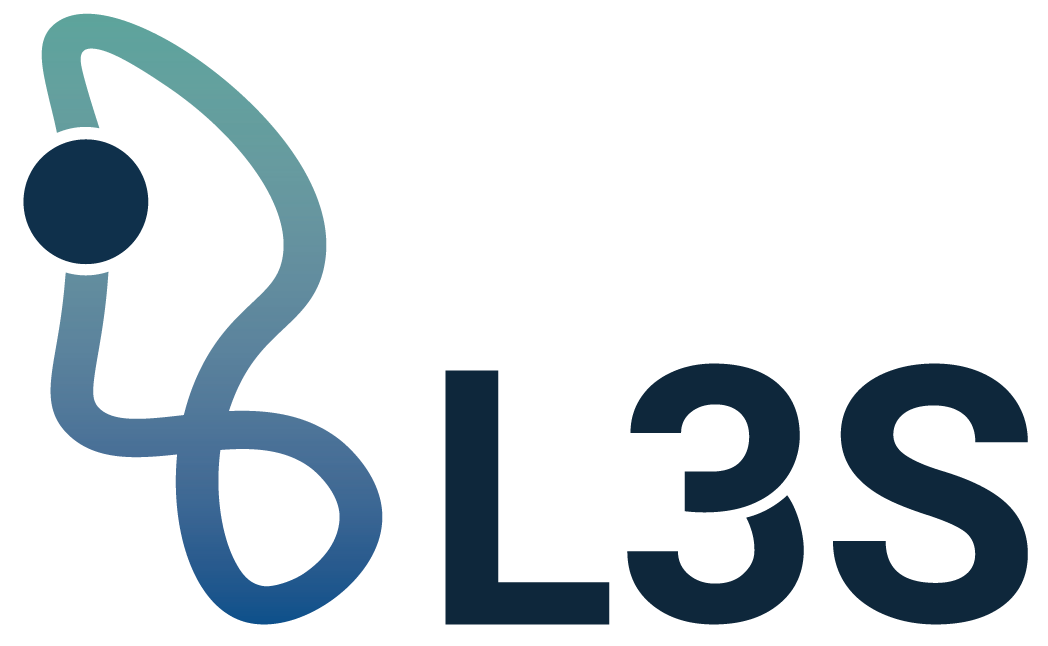|
so:text
|
For reasons mentioned at the beginning of this section, we cannot offer here a precise structural definition of semantical category and will content ourselves with the following approximate formulation: two expressions belong to the same semantical category if there is a sentential function which contains one of these expressions, and if no sentential function which contains one of these expressions ceases to be a sentential function if this expression is replaced in it by the other. It follows from this that the relation of belonging to the same category is reflective, symmetrical and transitive. By applying the principle of abstraction, all the expressions of the language which are parts of sentential functions can be divided into mutually exclusive classes, for two expressions are put into one and the same class if and only if they belong to the same semantical category, and each of these classes is called a semantical category. Among the simplest examples of semantical categories it suffices to mention the category of the sentential functions, together with the categories which include respectively the names of individuals, of classes of individuals, of two-termed relations between individuals, and so on. Variables which represent names of the given categories likewise belong to the same category. (en) |

